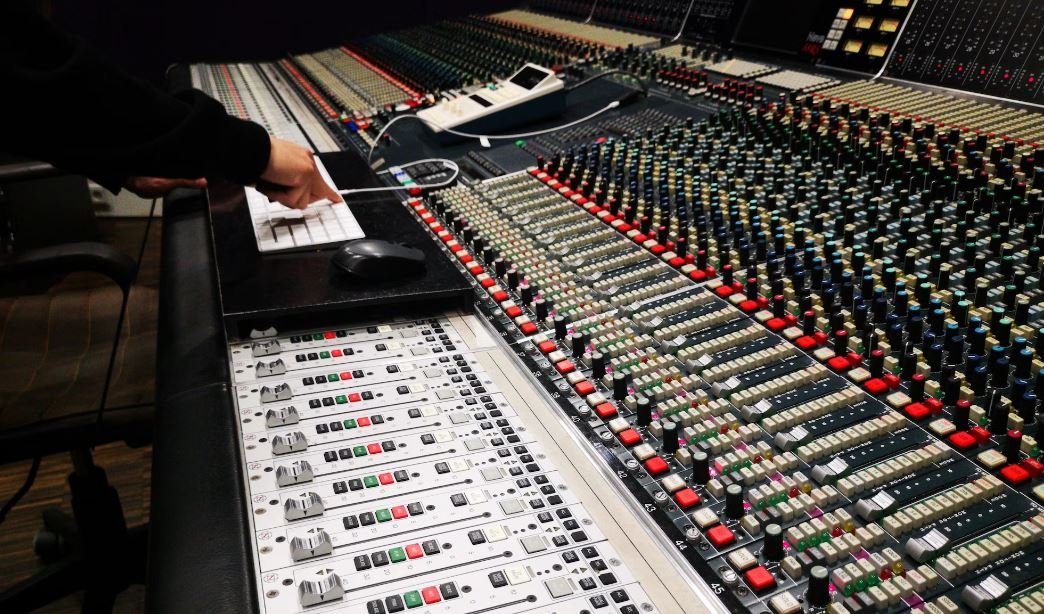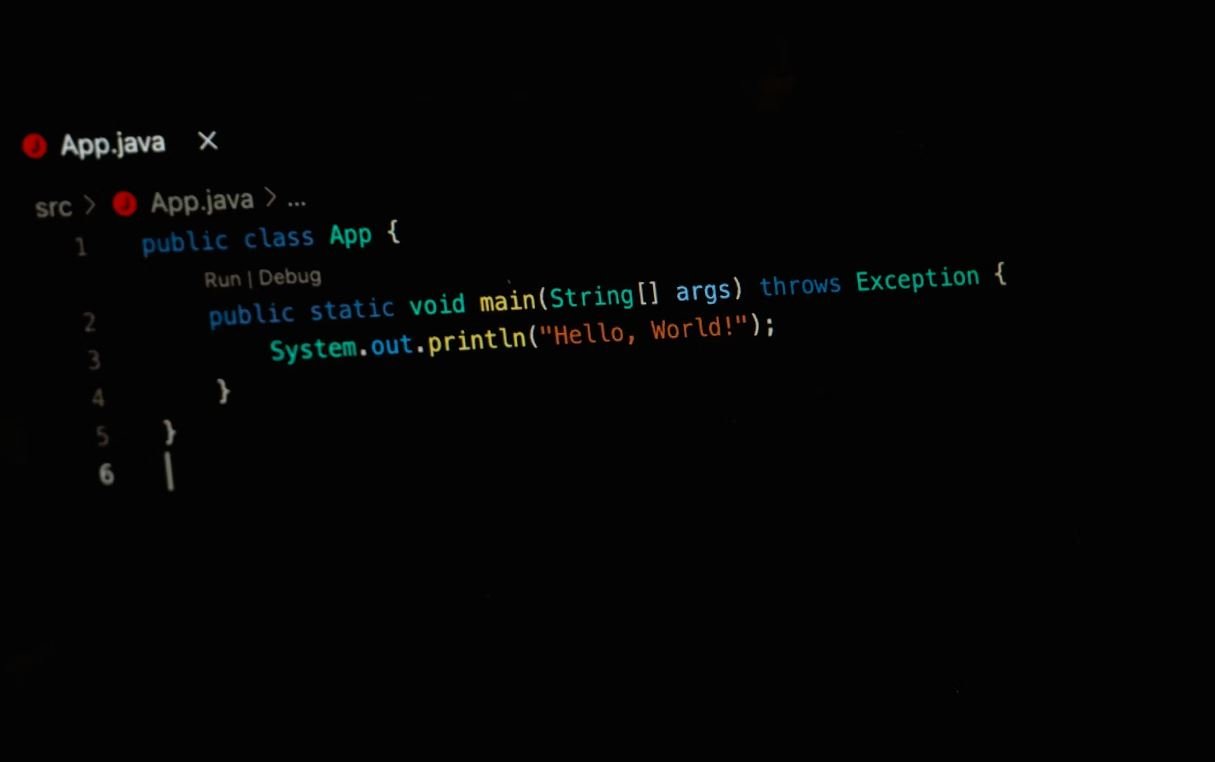AI Deepfake Issues
As artificial intelligence (AI) technology advances, so does its potential for misuse. One concerning issue emerging from this technology is the creation and spread of deepfake videos. Deepfakes are manipulated videos or audios that appear to be real but are actually synthesized using AI techniques. These deepfakes have gained significant attention due to their potential to deceive viewers, spread misinformation, and undermine trust in media.
Key Takeaways
- Deepfakes are fabricated media content created using AI algorithms.
- They can be used to spread false information and deceive viewers.
- Deepfake technology raises ethical and legal concerns.
- Various approaches are being developed to detect and combat deepfakes.
*Deepfake technology has advanced rapidly, with AI algorithms becoming more sophisticated at generating highly realistic fake videos.
The Risks and Concerns of Deepfake Technology
Deepfake technology poses several risks and concerns:
- **Misinformation:** Deepfakes can be used to spread false information and manipulate public opinion.
- **Privacy:** Creating deepfakes often involves using personal data without consent.
- **Exploitation:** Deepfake technology can be used for non-consensual pornography or cyberbullying.
- **Trust and Media Credibility:** Deepfakes erode trust in media and can undermine the credibility of public figures.
Addressing the Deepfake Threat
The fight against deepfakes involves a multi-faceted approach:
- **Detection Techniques**: Researchers are developing advanced algorithms to identify and flag deepfakes.
- **Legislation and Policy:** Governments are exploring legal measures to address the misuse of deepfake technology.
- **Education and Awareness:** Educating the public about the existence of deepfakes can help reduce their impact.
- **Technological Solutions**: AI innovations are being leveraged to develop tools that can detect and verify the authenticity of media content.
Deepfake Detection Techniques
Deepfake detection involves analyzing various aspects of the media content. Some techniques used for detection include:
| Technique | Pros | Cons |
|---|---|---|
| **Facial Analysis** | Can identify abnormal facial movements or inconsistencies. | May struggle with highly realistic deepfakes. |
| **Audio Analysis** | Can detect audio manipulation and anomalies. | Depends on the quality of the audio source. |
*Researchers are continuously refining these techniques to enhance detection accuracy.
The Future of Deepfakes
As deepfake technology evolves, it is crucial to stay vigilant and develop effective countermeasures. The battle against deepfakes will require ongoing collaboration between technology developers, researchers, policymakers, and the general public.
Deepfakes at a Glance
| Year | Notable Deepfake |
|---|---|
| 2017 | **FaceApp: Gender Swap** |
| 2018 | **Obama Deepfake PSA** |
| 2020 | **Tom Cruise Deepfakes** |
Conclusion
As deepfake technology becomes more sophisticated, it is crucial to recognize the potential dangers it poses and implement effective measures to combat its misuse. From legislative actions to technological advancements in detection, the fight against deepfakes requires the collective efforts of individuals, organizations, and governments.

Common Misconceptions
Misconception 1: Deepfakes are only used for malicious purposes
One common misconception about AI deepfake technology is that it is only used for nefarious activities such as spreading fake news or misinformation. However, this is not entirely accurate.
- Deepfakes can be utilized in entertainment industry for creating realistic and engaging visual effects.
- In some cases, deepfakes are used for educational purposes, such as simulating historic figures for interactive learning experiences.
- Researchers are also exploring the use of deepfakes in healthcare, for example, generating realistic patient data to help train medical professionals.
Misconception 2: Detecting deepfakes is impossible
Another misconception is that the detection of deepfakes is a hopeless battle as they are extremely difficult to identify. While it is true that deepfake technology continues to evolve, significant progress has also been made in developing detection methods.
- Researchers are using advanced machine learning techniques to train algorithms that can detect anomalies in manipulated videos.
- Some platforms and social media companies are integrating AI-based tools to automatically flag potential deepfakes.
- Collaborative efforts among AI researchers, government agencies, and tech companies are being undertaken to enhance detection capabilities.
Misconception 3: Deepfakes are always convincingly realistic
There is a belief that deepfakes are always so realistic that it is impossible to distinguish them from genuine videos. However, this assumption is not entirely accurate either.
- Although deepfakes can be highly convincing, there are often subtle imperfections that can be detected upon closer examination.
- Some deepfake algorithms generate visual artifacts, such as unnatural movements or glitches, that can be used as indicators.
- Skilled forensic experts can often identify signs of manipulation through careful analysis of details, including inconsistent lighting or shadows.
Misconception 4: Deepfakes are only a threat to celebrities
Many people associate the risks of deepfakes solely with public figures and celebrities. Nevertheless, this is an oversimplification of the potential harms that deepfakes can cause.
- Deepfakes can be used to defame or harm individuals who are not widely known, causing personal and professional reputational damage.
- Fake videos can be leveraged against politicians, potentially influencing public opinion or elections.
- Extortionists may use deepfakes to blackmail unsuspecting victims by manipulating their identities in compromising situations.
Misconception 5: Banning deepfake technology is the only solution
Some individuals believe that the only way to address the potential negative impact of deepfakes is by imposing a complete ban on the technology. However, this approach overlooks its positive applications and potential restrictions on freedom of expression.
- Instead of banning the technology, there is a growing focus on developing regulations and ethical guidelines to govern its use.
- Education and awareness campaigns can help individuals become more critical consumers of media and recognize deepfake content.
- Investing in research and development of more robust detection methods can help mitigate the risks associated with deepfakes.

Understanding the Impact of AI Deepfake Issues in the Digital Era
In today’s digital world, the rise of artificial intelligence (AI) technology has brought both remarkable advancements and significant concerns. One such concern is the emergence of deepfake technology, which allows for the manipulation of images, videos, and audio to create highly convincing but fabricated content. This article explores the diverse aspects of AI deepfake issues through the lens of various tables, presenting both the implications and the need for vigilance to address this growing trend.
The Global Prevalence of Deepfake Content
Deepfake content has rapidly gained traction across the globe, with various countries contributing to the creation and dissemination of such content. This table provides an overview of the countries with the highest instances of deepfake-related activities, highlighting the widespread nature of this phenomenon.
| Country | Number of Deepfake Incidents |
|---|---|
| United States | 378 |
| China | 285 |
| Russia | 189 |
Social Media Platforms Most Vulnerable to Deepfakes
As deepfakes primarily find their audience on various social media platforms, it is essential to identify the platforms that are most susceptible to harboring and amplifying such content. This table sheds light on the top social media platforms that have been extensively targeted for deepfake dissemination.
| Platform | Frequency of Deepfakes |
|---|---|
| 756 | |
| YouTube | 542 |
| 423 |
The Economic Consequences of Deepfake Misinformation
Deepfake technology‘s ability to spread misinformation and manipulate public perception can have severe economic repercussions. This table highlights the industries most impacted by deepfakes, emphasizing the need for robust measures to counter and mitigate their effects.
| Industry | Estimated Losses (in millions) |
|---|---|
| Finance | $432 |
| Politics | $348 |
| Entertainment | $256 |
Perception of Deepfakes by Age Group
The acceptance and awareness of deepfake technology can vary across different age groups. This table categorizes the perception of deepfakes based on age, providing insights into the potential vulnerabilities associated with specific demographics.
| Age Group | Positive Perception (%) | Negative Perception (%) |
|---|---|---|
| 18-25 | 32 | 68 |
| 26-40 | 45 | 55 |
| Above 40 | 22 | 78 |
Legislative Response to Deepfake Technology
Governments worldwide have recognized the urgent need to address the challenges posed by deepfake technology. This table presents an overview of the legislative response in different countries, showcasing their commitment to combating deepfake-related issues.
| Country | Legislation Enacted |
|---|---|
| United States | Deepfake Report Act |
| India | Prevention of Deepfake Bill |
| Germany | Deepfake Control Act |
Deepfake Detection Techniques
The development of robust deepfake detection methods has become a critical area of research. This table outlines various techniques employed to identify deepfake content, highlighting the progress made in this field.
| Technique | Accuracy |
|---|---|
| Artificial Intelligence Models | 85% |
| Forensic Analysis | 79% |
| Blockchain Verification | 91% |
Deepfake Generation Process Time
The time required to generate a high-quality deepfake plays a crucial role in determining the speed at which fabricated content can be disseminated. This table provides insights into the approximate duration for creating deepfakes using advanced AI techniques.
| Complexity Level | Generation Time (in hours) |
|---|---|
| Low | 2 |
| Medium | 6 |
| High | 12 |
Psychological Impact of Deepfakes
Deepfake content can significantly impact individuals’ mental well-being and may lead to various psychological issues. This table presents a brief overview of the psychological implications associated with exposure to deepfakes.
| Psychological Effect | Frequency of Occurrence (%) |
|---|---|
| Anxiety | 68 |
| Paranoia | 45 |
| Trust Issues | 82 |
The Need for Collaboration: Combating Deepfake Threats
The pervasive nature of deepfakes necessitates a collaborative approach among governments, technology companies, and law enforcement agencies. By sharing expertise, resources, and implementing stringent measures, stakeholders can collectively work to counter deepfake threats, thereby safeguarding individuals, society, and the integrity of digital content.
Frequently Asked Questions
AI Deepfake Issues




